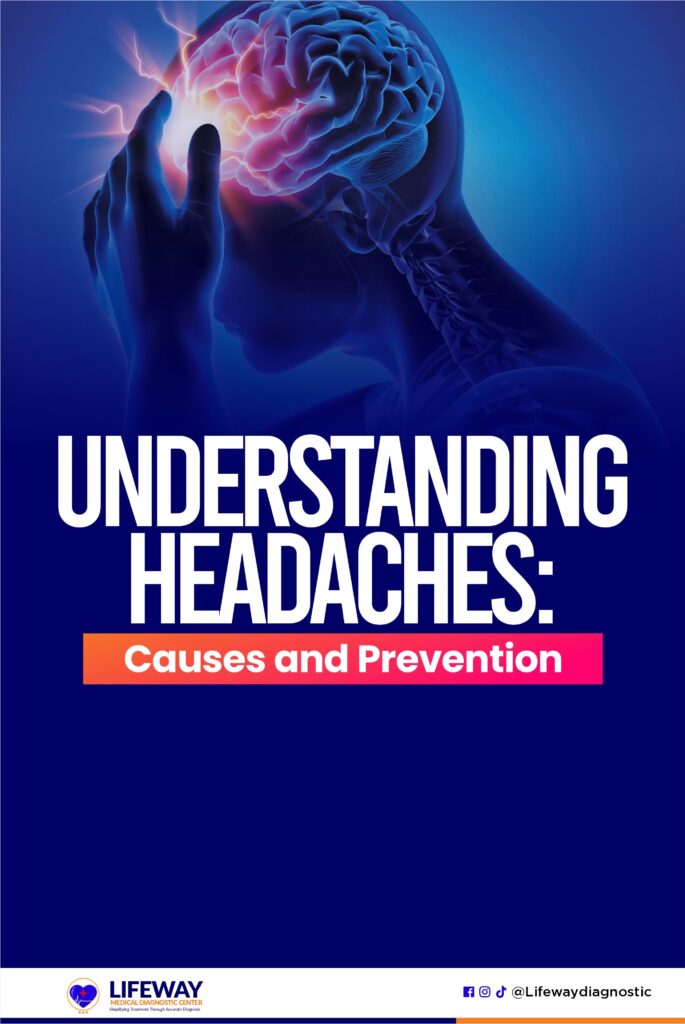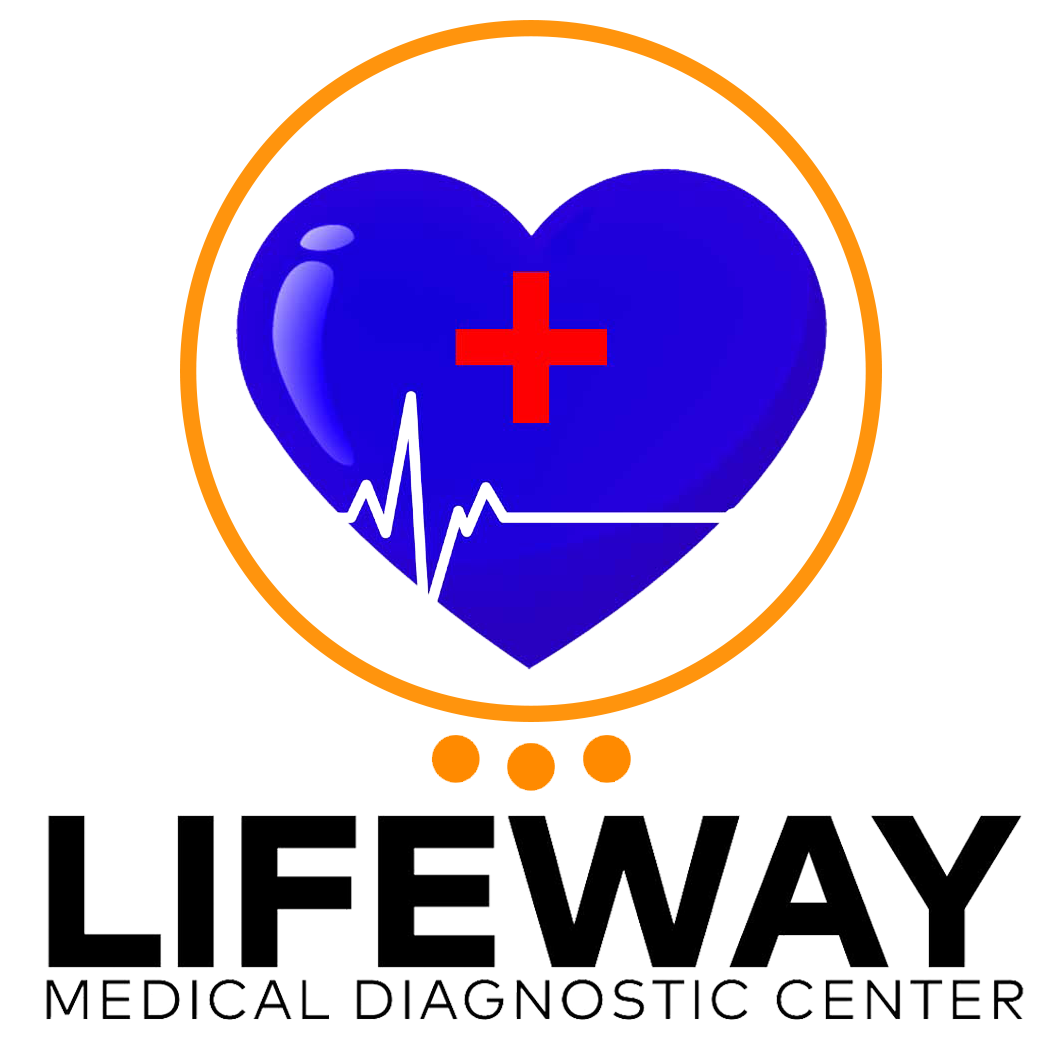Headaches are a common ailment that affects people of all ages, impacting
daily activities and overall quality of life.

Several factors trigger headaches, ranging from hormonal changes, stress, anxiety, irregular sleep patterns, dehydration, and so on.
It’s important to note that individual triggers may vary. However, understanding and avoiding these triggers can help manage and prevent headaches effectively.
What is a Headache?
A headache is a discomforting or painful sensation in any part of the head, including the scalp, forehead, temples, back of the head, or neck.
It varies in frequency and intensity, ranging from mild discomfort to severe pain.
Headaches are among the most common health complaints, affecting people of all ages and backgrounds. Approximately 50% of adults worldwide experience this each year.
Severe or recurring headaches can significantly impact an individual’s quality of life, affecting their ability to work, study, or engage in daily activities.
Types of Headaches
The most common types of headaches include tension, migraines, cluster, and sinus headaches.
a. Tension
This is the most common type of headache. They are often caused by stress, anxiety, or muscle strain.
Symptoms include a dull, aching pain around the head, a sensation of tightness or pressure across the forehead or on the sides and back of the head, and tenderness on the scalp, neck, and shoulder muscles.
b. Migraines
Migraines are characterized by intense, throbbing pain, often on one side of the head. They may be accompanied by nausea, vomiting, and sensitivity to light and sound. Migraines can last for days and can significantly affect daily activities.
c. Cluster
This type of headache occurs in cyclical patterns or clusters. They are characterized by intense burning or piercing pain behind or around one eye, usually on one side of the head. Cluster periods can last from weeks to months.
d. Sinus
This headache is associated with sinus infections and inflammation. Symptoms include a deep, constant pain in the cheekbones, forehead, or bridge of the nose, and the pain usually intensifies with sudden head movement or straining.
Symptoms of headaches
Headache symptoms include the following: a dull, aching pain to a throbbing, pulsating sensation, sensitivity to light or sound, nausea, vomiting, and neck pain.
Causes of Headaches
Various things can cause headaches, including:
- Sitting or standing in an awkward position can strain the muscles in the head and neck.
- Certain foods and beverages, such as alcohol, caffeine, chocolate, and processed foods.
- Lack of adequate hydration.
- Insufficient or poor-quality sleep.
- Medical conditions like sinus infections, high blood pressure, and chronic illnesses.
- Exposure to strong smells, bright lights, or loud noises can trigger headaches.
Diagnosis of Headaches
To accurately diagnose a headache, your doctor may ask about your headache patterns, triggers, and associated symptoms.
In some cases, imaging tests like MRI or CT scans may be necessary to rule out underlying conditions.
You can also read: Where to get a CT Scan near me
Prevention Tips
The tips below can help manage and prevent headaches effectively.
- Drink plenty of water to stay hydrated.
- Regular exercise, a balanced diet, and adequate sleep are crucial.
- Apply a cold or warm compress to the head or neck to relieve pain.
- Practice yoga, meditation, or deep breathing exercises.
- Identify and avoid foods or activities that trigger your headaches.
- Visit a reputable medical diagnostic center near you to monitor and manage underlying health conditions.
Conclusion
By understanding the common symptoms and causes of headaches and by also implementing effective prevention strategies, you can take control of your health and minimize the impact of these often disruptive episodes.
